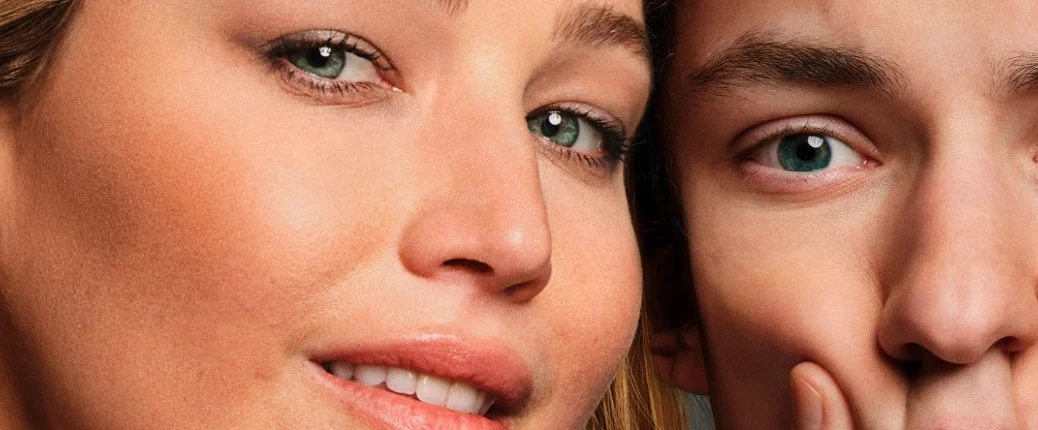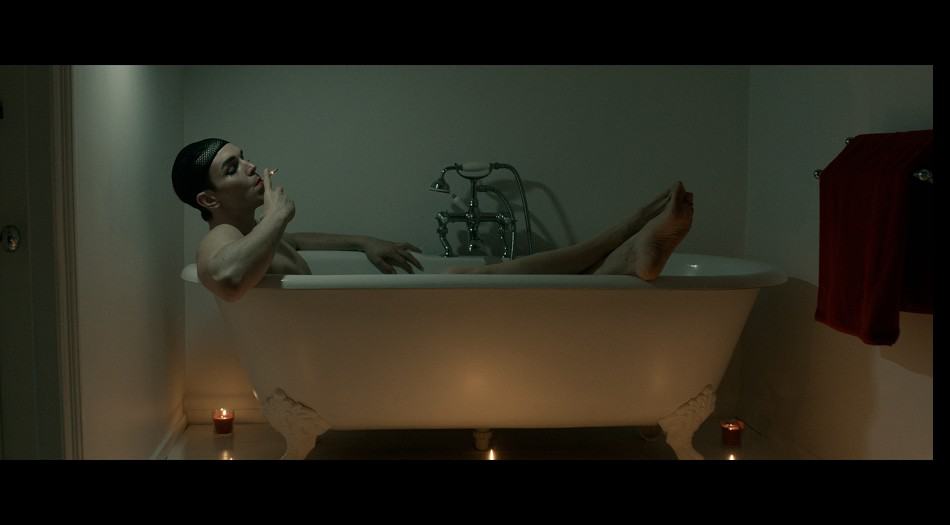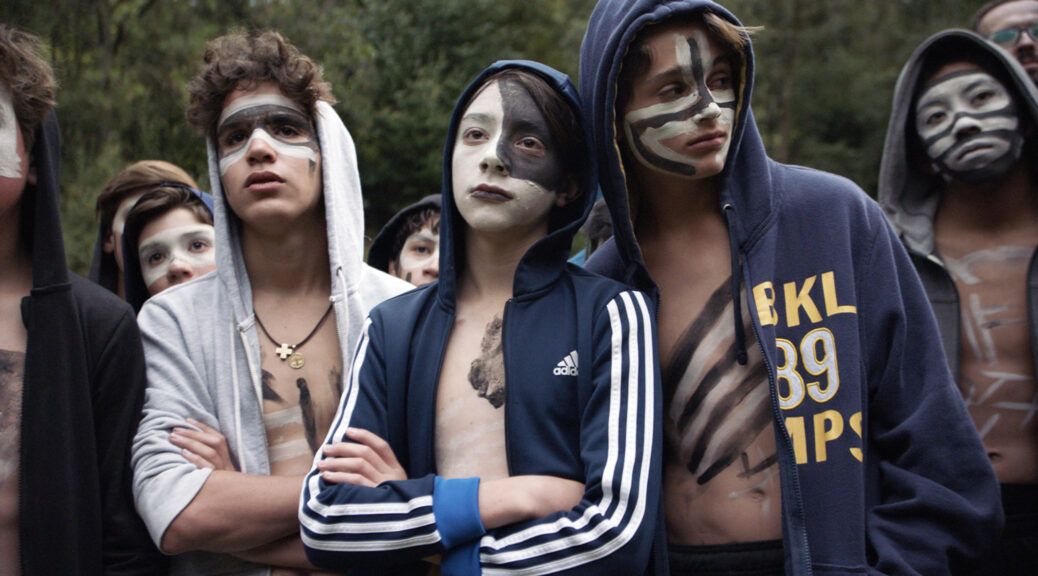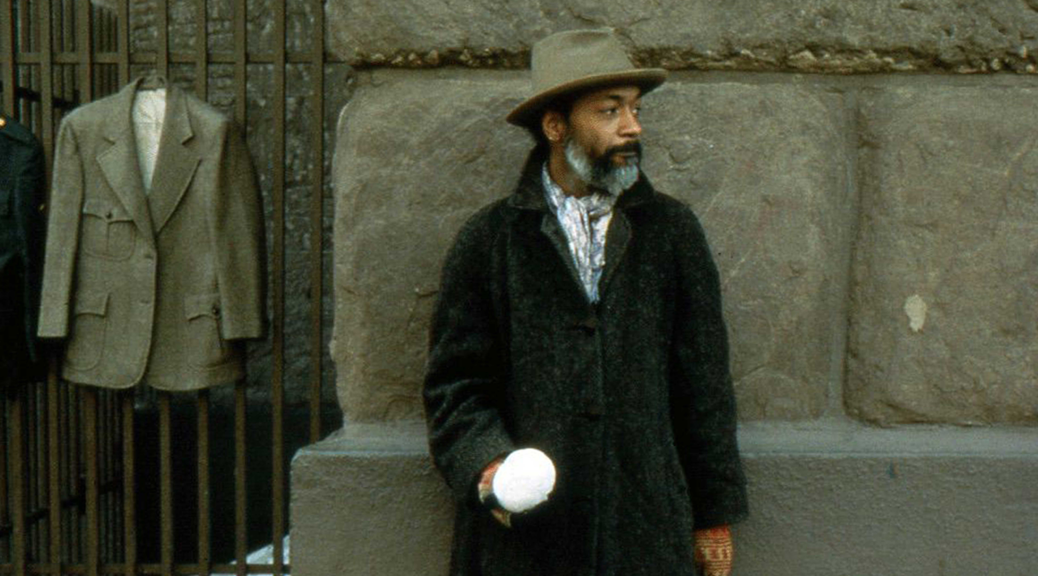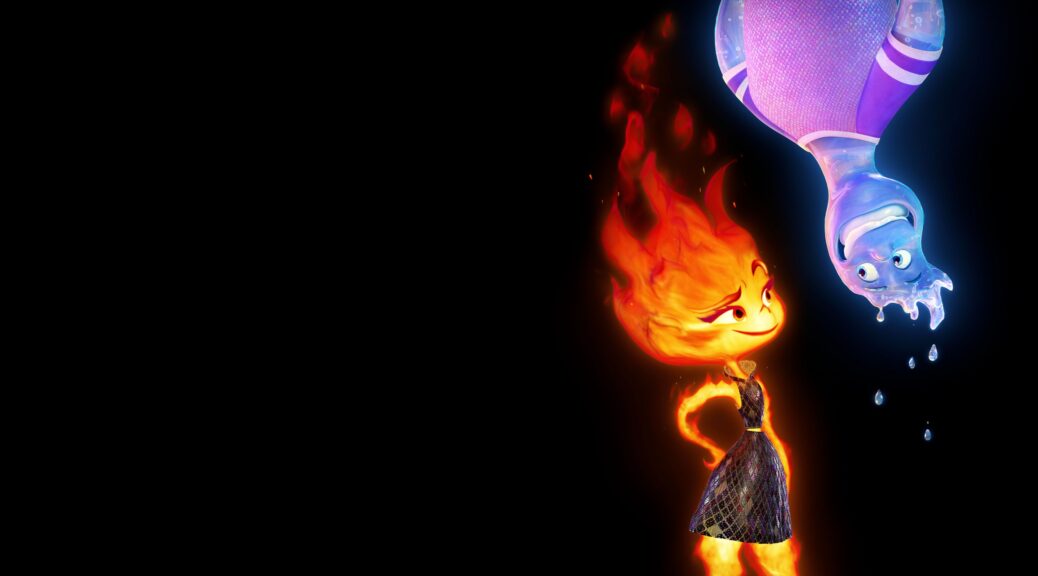Love Gets a Room
by Rachel Willis
Trying to keep the inhabitants of the Warsaw Ghetto from succumbing to despair, a group of actors performs a lighthearted musical-comedy in director Rodrigo Cortés’s film, Love Gets a Room.
The film is set almost entirely within a theater over the course of a single performance. As the actors perform onstage, things are thrown into chaos backstage when Stefcia (Clara Rugaard) learns she can escape the ghetto with Patryk (Mark Ryder). The problem is her love, Edmund (Ferdia Walsh-Peelo), would be left behind.
The performance of the play is based on real events from 1942. Written by Jerzy Jurandot, Love Gets a Room was performed in the Warsaw Ghetto by a troupe of actors. For the film, the actors are given a backstory that shines a light on the harsh conditions for the people imprisoned in the Ghetto.
There are several taut scenes, including a moment when a Nazi soldier arrives in the theater and takes a seat in the audience. Scenes like these best serve the film, perfectly juxtaposing the lighthearted nature of the play with the very real terror in the heart of everyone at the mercy of the Nazi soldiers in their midst.
It’s unfortunate the film never quite captures the right tone when its characters struggle with the possibility of escape. The dialogue often feels unnatural, which sometimes fits with the theater-like tone, but more often weakens the film.
The score doesn’t work for the most dramatic scenes. It serves the film well when the focus remains on the play, but backstage, it heightens the melodrama rather than the drama.
But it’s a devastating conundrum – to leave behind those you love when a chance of survival is presented. It is also distressing to watch a group of people in utter fear of their captors, trying their hardest to survive, when their fates have already been written.
However, Love Gets a Room struggles to maintain the sinister nature of the situation. While it successfully captures the need of the audience to laugh at a light-hearted stage play, the characters backstage never quite come to life. This creates a disconnect, which is unfortunate since the subject matter is so very important.


